
This list of the best OLED TVs doesn't only include the latest and greatest models, for a really good reason: some of the newest ones on sale are incredibly expensive. And while we've absolutely recognised the top-drawer sets here, everyone should be open to a bargain buy at the best possible price.
OLED TVs are among the best TVs you can buy today, with the ultimate in contrast, perfect colours, and blacks that are super-deep and won't suffer light bleed. That's because the pixels in an OLED TV generate their own light, which is much more controllable than the backlit method used in LED TVs. Note there's also QD-OLED – you can check out what that means here – but in this guide we're not segregating the two types.
Typically the best OLED TVs are fairly big ones: you'll find them in our guides to the best 55-inch TVs and best 65-inch TVs, but the cost and complexity of smaller panels means you won't find many OLEDs duking it out with the best 42-inch LEDs. Whichever size suits you best, however, here's our definitive list of the best OLED TVs around – and there's something here for everyone.
T3 Top Picks

Best OLED overall
LG has made some fine OLED TVs down the years, but this is the best one yet, with contrast, colours, and brightness that combine to make this the market leader – and our current favourite OLED television. It's more energy efficient too, so it's kinder on the planet and your ban balance, while the on-board software continues to improve.
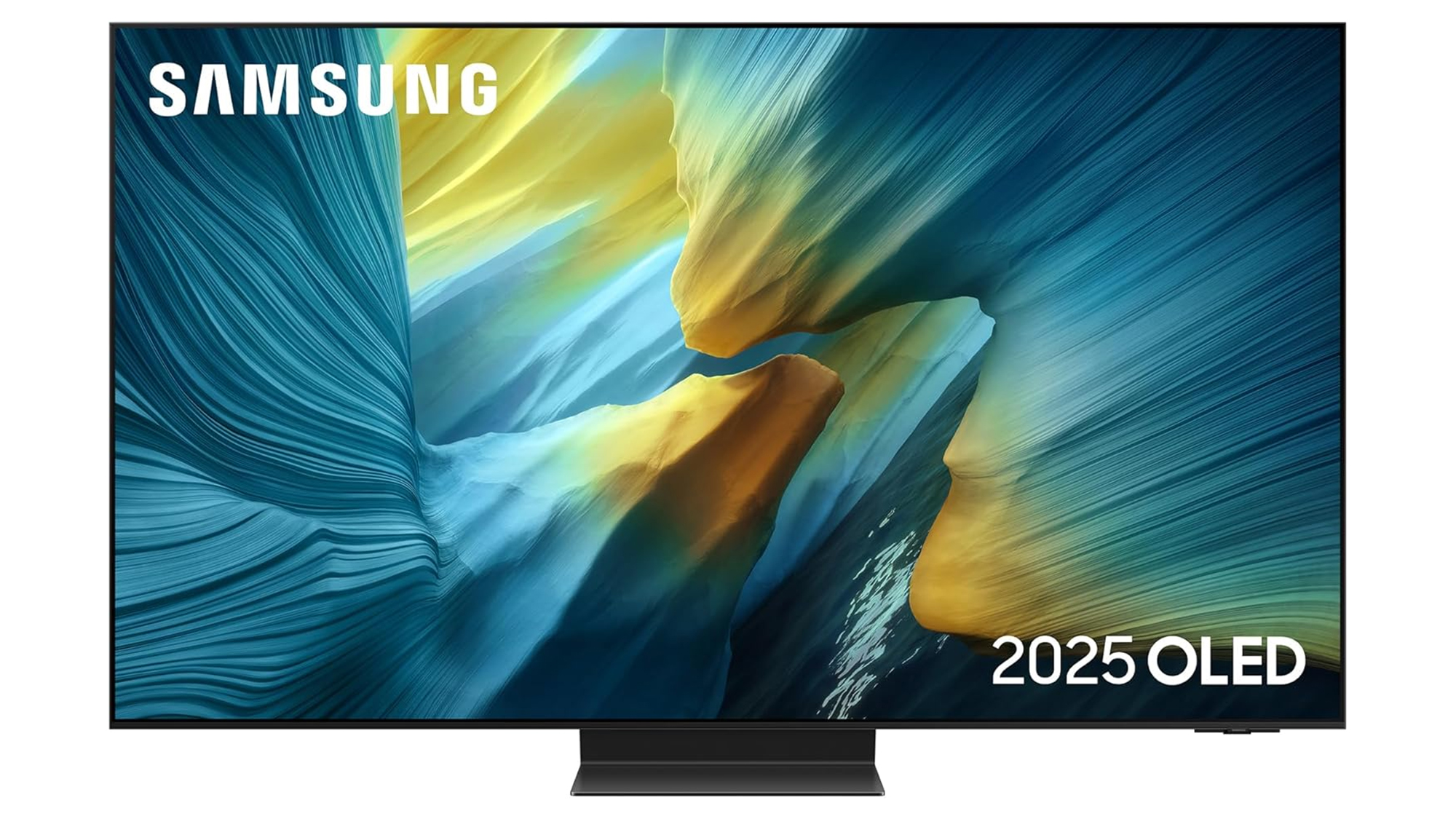
Best for brightness
Full marks to Samsung for what they've managed to do with the Samsung S95F, constructing an OLED panel that changed our minds on what was possible with this kind of technology – certainly in terms of brightness. The colour and contrast aren't far behind either, and it's also a set with anti-glare features that actually work.
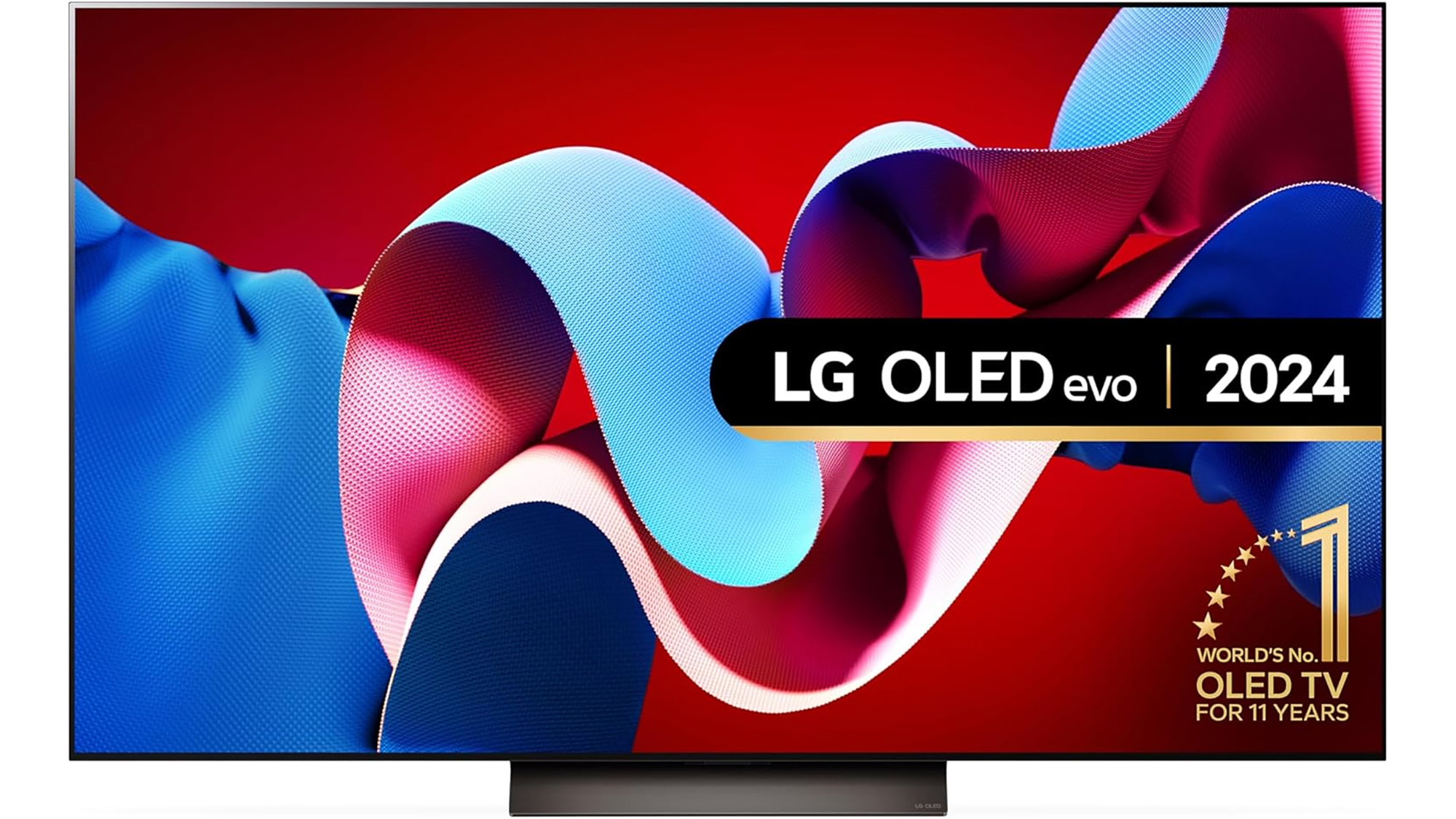
Best value
Despite being a little older and noticeably cheaper than some of the other OLED TVs in this list, the LG OLED C4 is a fine television set. It wowed us when it first came out, with the levels of performance it offered for the price, and it still stands up fantastically well today – if you want to get maximum bang for your buck, consider this television.

Dave has spent a good chunk of his two decades of tech journalism experience sitting in front of OLED TVs and assessing their quality – so he knows what he's talking about when it comes to recommending the best options.
Update 14 July: We've done another major refresh of our best OLED TVs guide, adding winners in the T3 Awards 2025 as well as other newer models that deserve a place on this comprehensive list.
The best OLED TVs for 2025
Best OLED overall
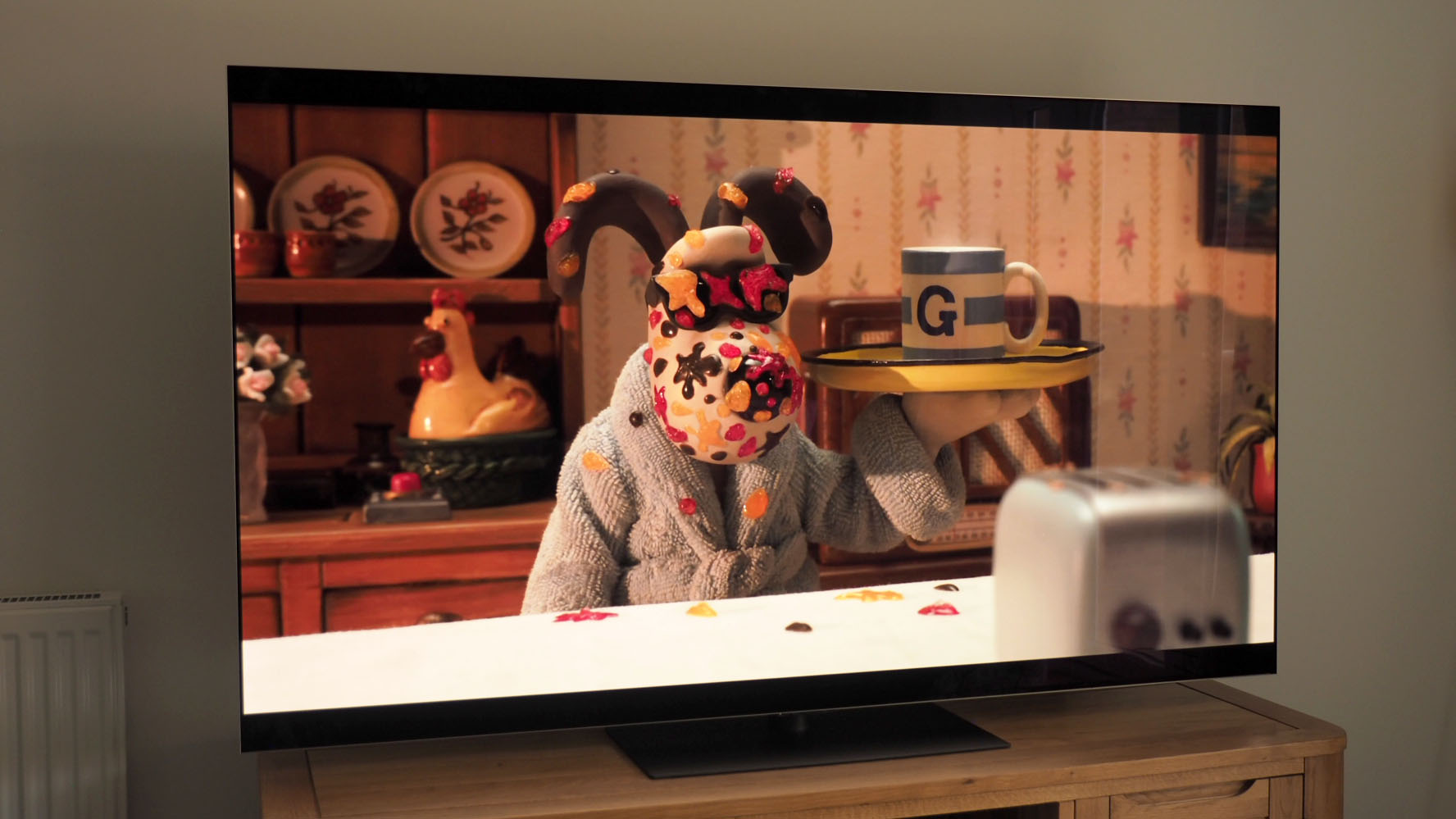
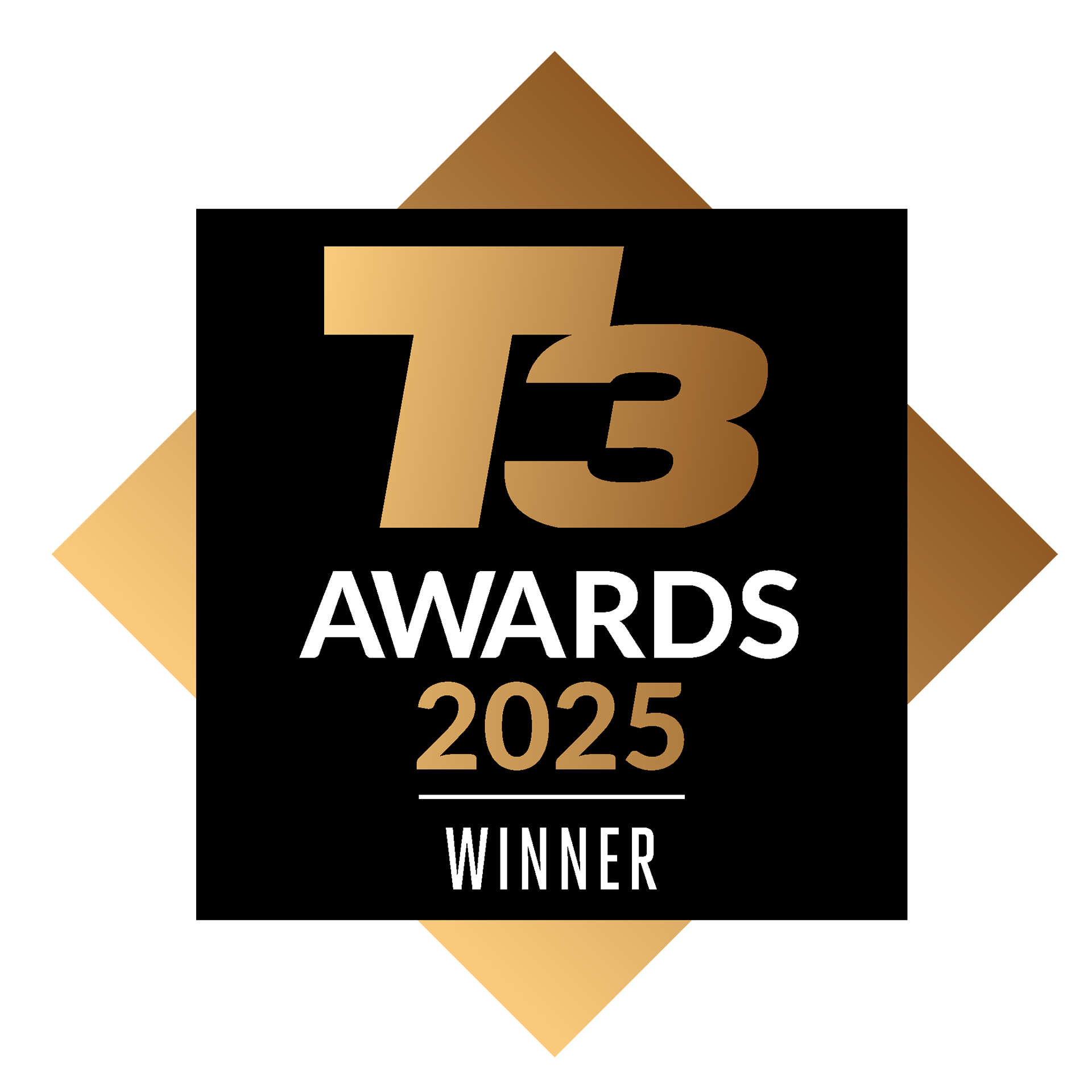
Specifications
Reasons to buy
Reasons to avoid
Our LG OLED G5 review is full of praise for this particular television set: it scores highly in all the areas that matter, including colour, contrast, sharpness, brightness, and motion handling, and it's our standout pick for the best OLED TV you can buy right now. That's perhaps no surprise, considering the previous quality of this series.
It brings with it a revamped OLED panel from LG that means a noticeable improvement over the LG OLED G4 – even though that TV was excellent too. The anti-glare features are now more effective, and the TV is better at making automatic adjustments on the fly too. You're guaranteed great results with any content.
LG is proud to call this its flagship OLED TV, and it's not difficult to see why. It's also a really well designed set in terms of its aesthetics, while the four HDMI 2.1 ports provide 4K/120Hz support that gamers will be very happy with. The integrated sound isn't the best, but it's more than enough to get by while you save up for a soundbar.
Best for brightness
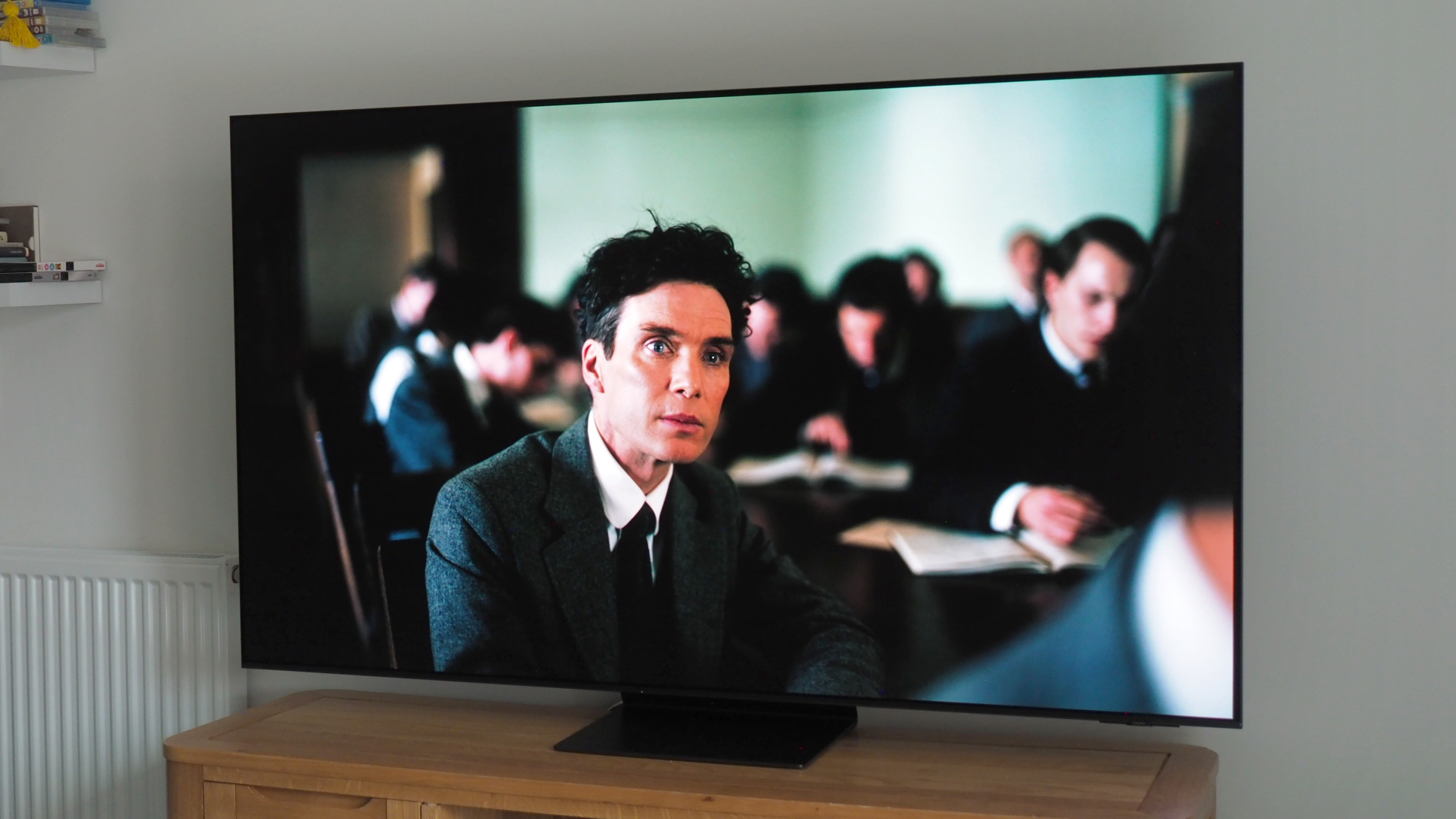

Specifications
Reasons to buy
Reasons to avoid
The Samsung S95F certainly isn't cheap as far as television sets go, but sometimes it's worth paying top dollar for the best technology, and we'd argue that's the case with the Samsung S95F – a TV that we reckon is the best OLED around in terms of brightness levels, and which recently played a starring role in the T3 Awards 2025.
Exceptional brightness isn't the only strength of this particular television though, far from it. As you'll see from a read through of our Samsung S95F review, this is a model that also shines in terms of its gaming prowess, its 4K upscaling, and its HDR performance. In all kinds of scenarios, it's difficult to fault the picture you get.
The set also makes use of the design Samsung calls Infinity One, so it's very thin – a worthy addition to any living space or home cinema setup, even before you've turned it on. We're also fans of the various customisation options on offer here, giving you a range of options for tweaking the picture for different sources and moods.
Best value
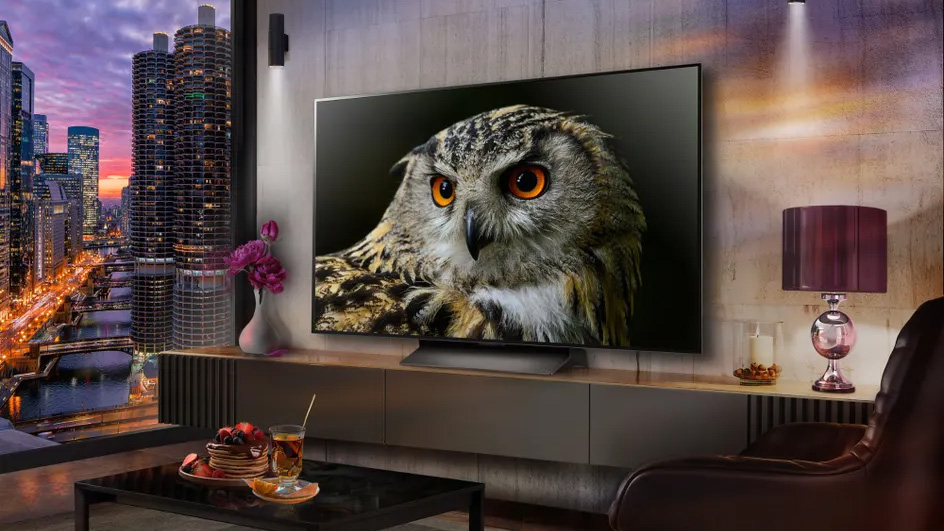
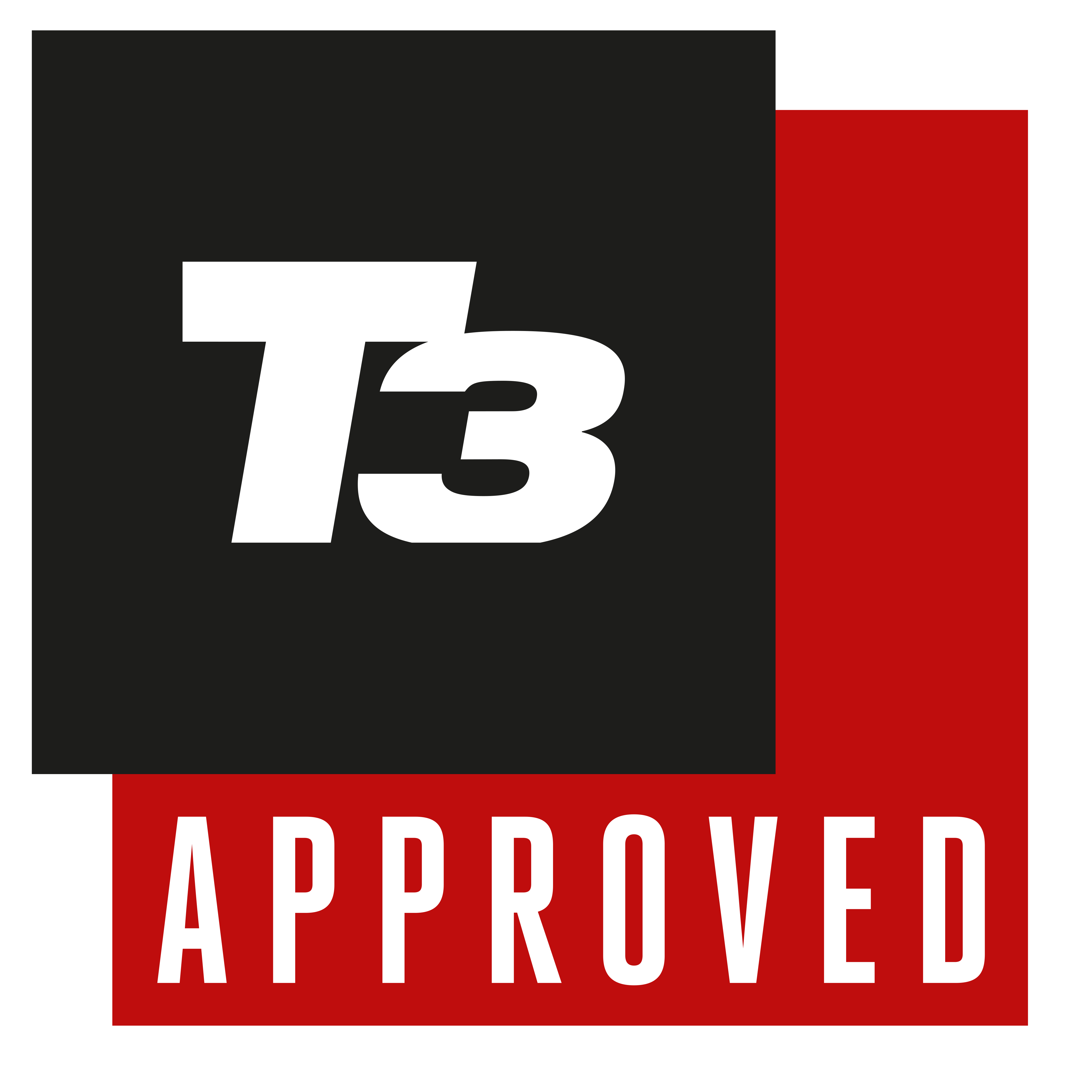
Specifications
Reasons to buy
Reasons to avoid
The LG OLED C4 is actually what LG would call a mid-level OLED, though you wouldn't think so looking at the kind of pictures it can produce: despite costing significantly less than the top-tier OLED TVs, especially now it's more than a year old, the television is still more than capable of producing fantastic results from any source you like.
Perhaps the only problem with the LG OLED C4 is that there are so many other superb LG models to choose from, including the newer LG OLED C5 and of course the flagship LG OLED G5 that sits at the top of this list. If it's value that you're after first and foremost though, this particular set still stands out, even in a very crowded field.
There's more evidence of just how great this set is in our full LG OLED C4 review, where you can get a complete rundown of the specs and features that the TV brings with it. This is the perfect example of how an OLED television doesn't necessarily have to break the bank to deliver superior results, and it's a worthy inclusion on our list.
Best for gamers
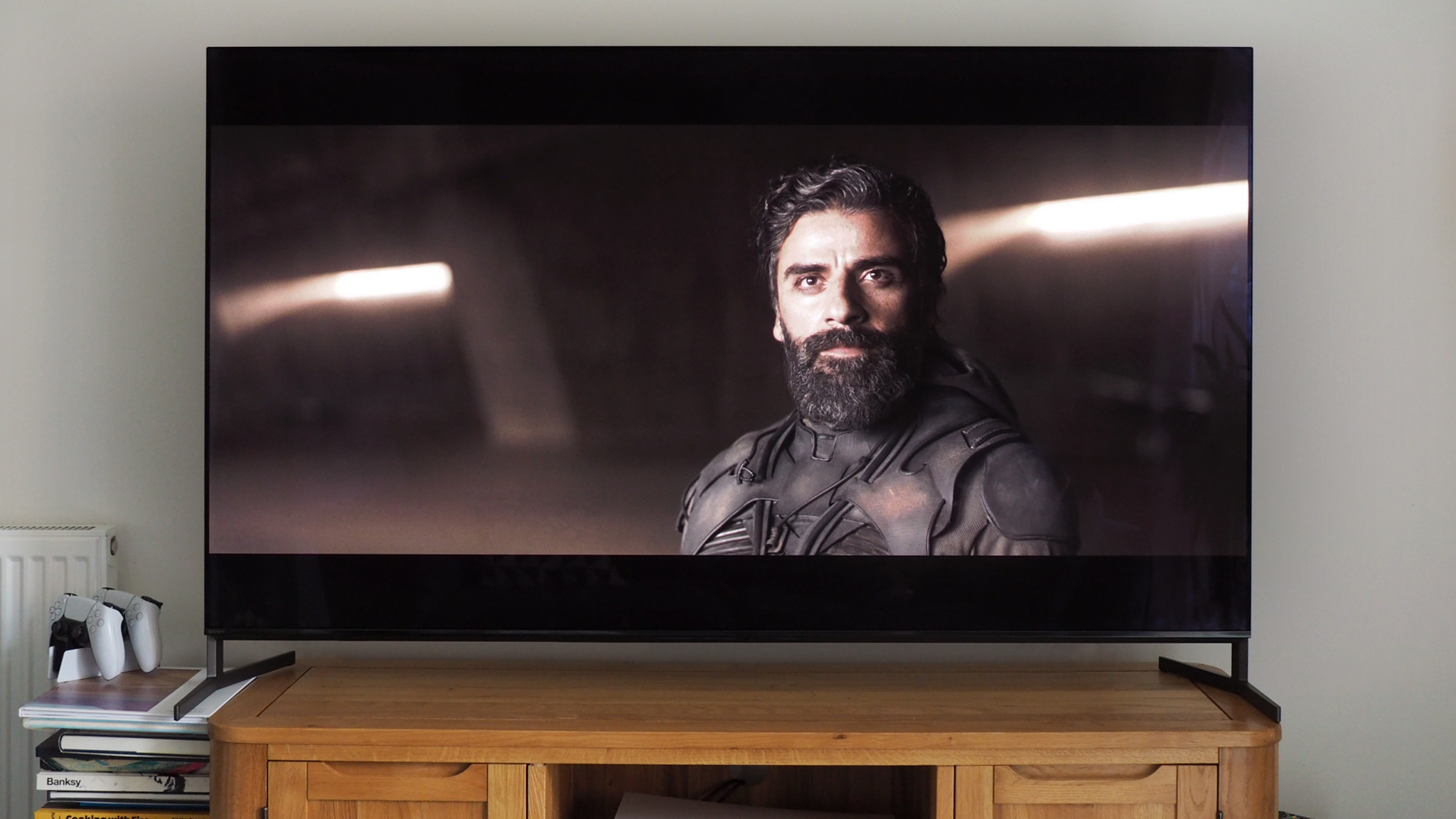
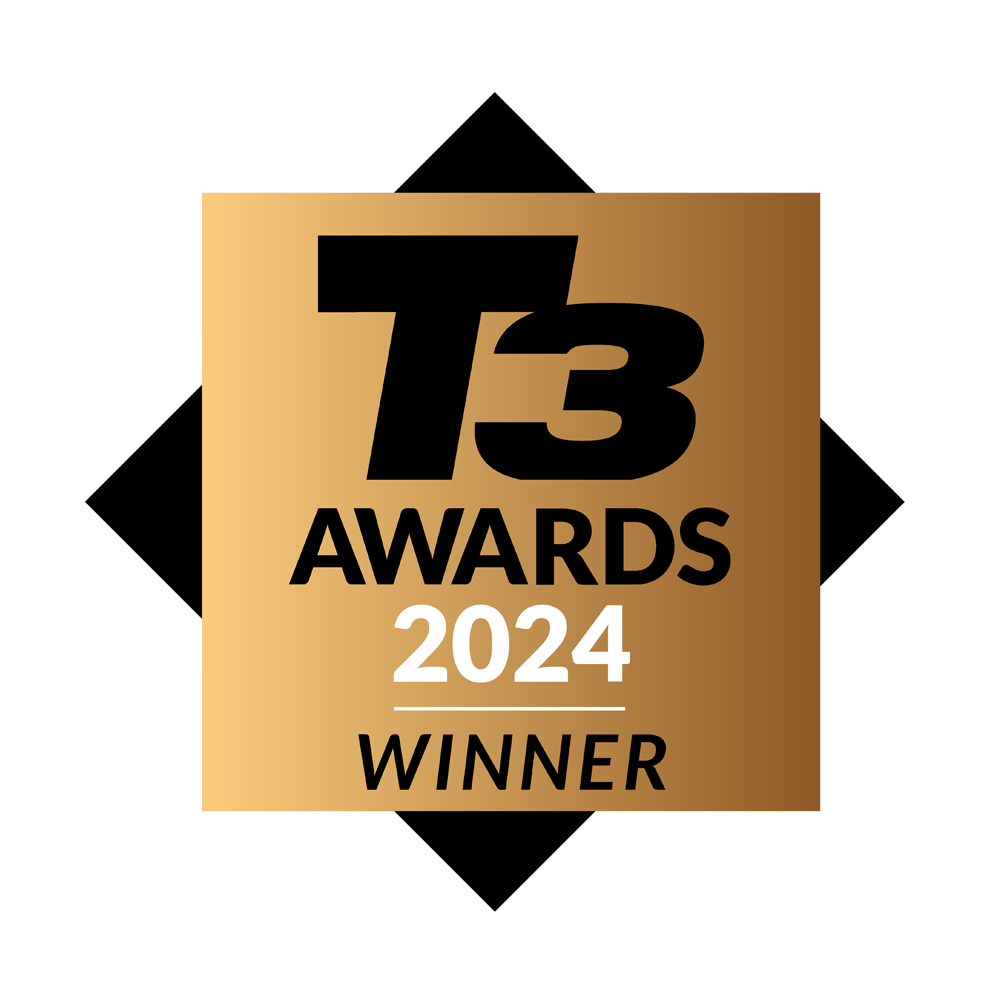
Specifications
Reasons to buy
Reasons to avoid
If you want the best OLED for gamers then the Sony A95L, initially released in 2023 – but which continues in Sony's realigned TV range for 2024 and beyond – is an astonishingly accomplished gaming TV as well as a T3 Awards 2024 winner.
It comes with caveats, of course, in that the stand mount – the two legs positioned at the outermost edges of the telly – make it very difficult to accommodate on any 'normal' AV furniture. Wall-mount it, however, and it'll look amazing. Or just go buy a bigger AV cabinet, eh?
Being Sony's top-tier QD-OLED entry (Sony judges its Mini-LED Bravia 9 as now a step above this, oddly), the A95L takes on Samsung S95D and if you want premium build, visuals and sound then it's the overall winner. It's the pricier model, too, no doubt – but what an investment it is.
If you can afford it then it's more than worth it. As said in our Sony A95L review: "Having tested many of the best TVs over recent years, living with the Sony A95L... has often left me awestruck. The Sony A95L appears to be a shoo-in for one of the best OLED TVs."
Best for high-end sources
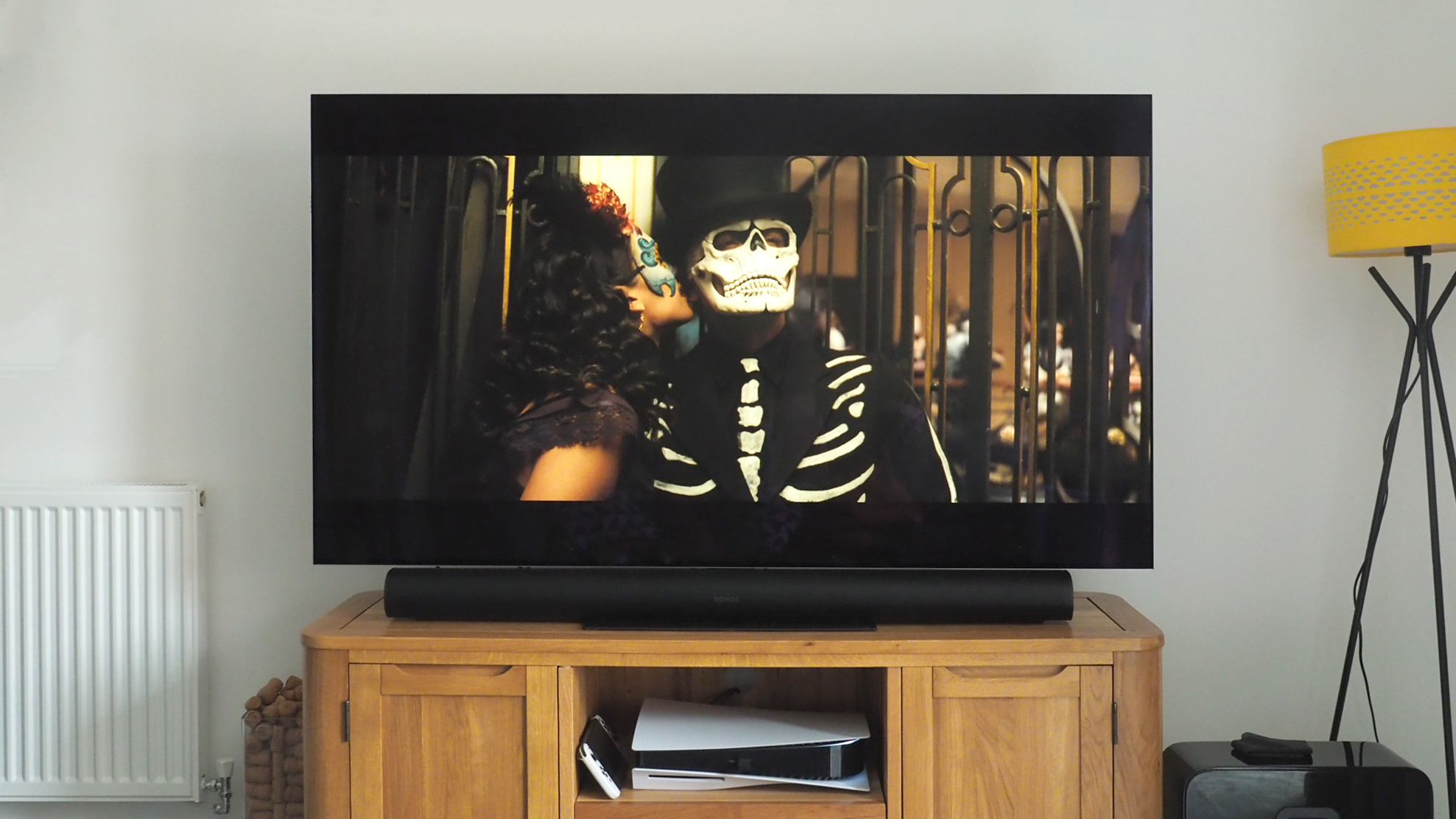

Specifications
Reasons to buy
Reasons to avoid
The newer LG OLED G5 sits at the top of this list of course, but there's still a lot to be said for the slightly older LG OLED G4 – especially if you're connecting it to top-quality 4K sources and streaming apps, which this TV does a great job of handling. You've got versatile mounting options and an appealing overall design to consider, as well.
Most of the bells and whistles you could think of are included here: a powerful AI processor, an effective Game Mode, four HDMI 2.1 ports, and a maximum refresh rate of 144Hz. Another point of note is that you can get the set in four different sizes, up to a huge 97 inches – so you can pick the size that suits your living space the best.
As said in our LG G4 review: this TV "will deliver picture quality with such aplomb that your retinas will be giddy. With the best possible source material it'll reward you with the best possible viewing experience. Traditional OLED picture quality doesn't get better or brighter than this – and cinephiles and gamers will see the obvious benefit."
Best OLED for Ambilight
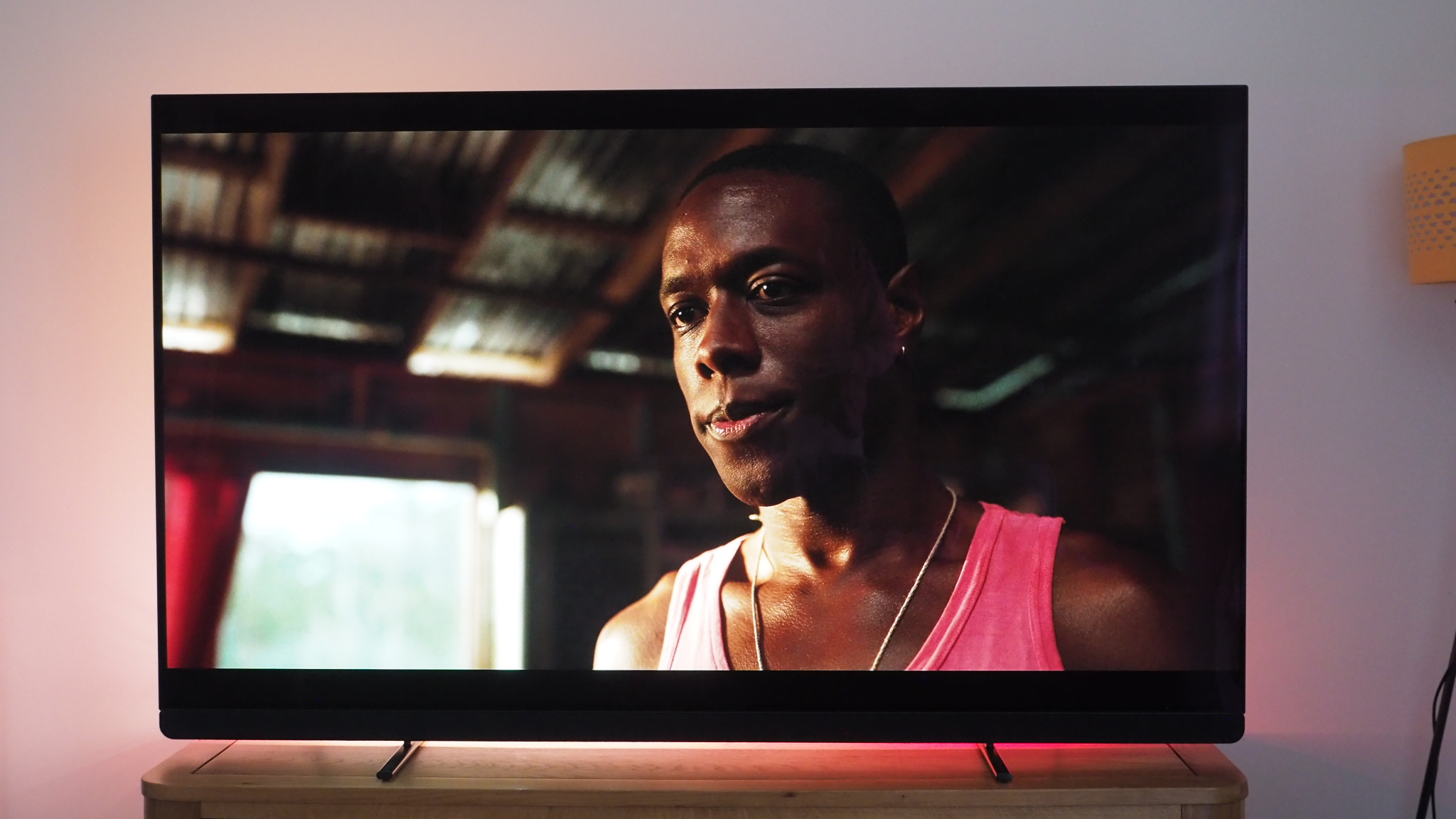

Specifications
Reasons to buy
Reasons to avoid
Our Philips OLED 909 review will give you the full rundown on this television, but in brief you've got an amazingly well put together OLED TV that comes with several extra tricks on top, including a superior sound system and Philips' own Ambilight ambient lighting, which adjusts the lighting behind the TV based on what's on screen.
Ambilight can really add to the sense of immersion when you're gaming or watching movies, and for our money this is the best example of the tech in action. It's the full 4-sided experience, and it's incredibly easy to use. It almost feels like the screen is floating on light, though you can always turn off the feature if you're not a fan.
As for the pictures here, the set uses an MLA (Micro-Lens Array) OLED, which is considered one of the very best available, and the set is capable of serving up 4K pictures at a maximum refresh rate of 144Hz. Add all of that together and you've got a capable OLED TV with a picture, lighting and sound combination that's hard to beat.
Best sounding
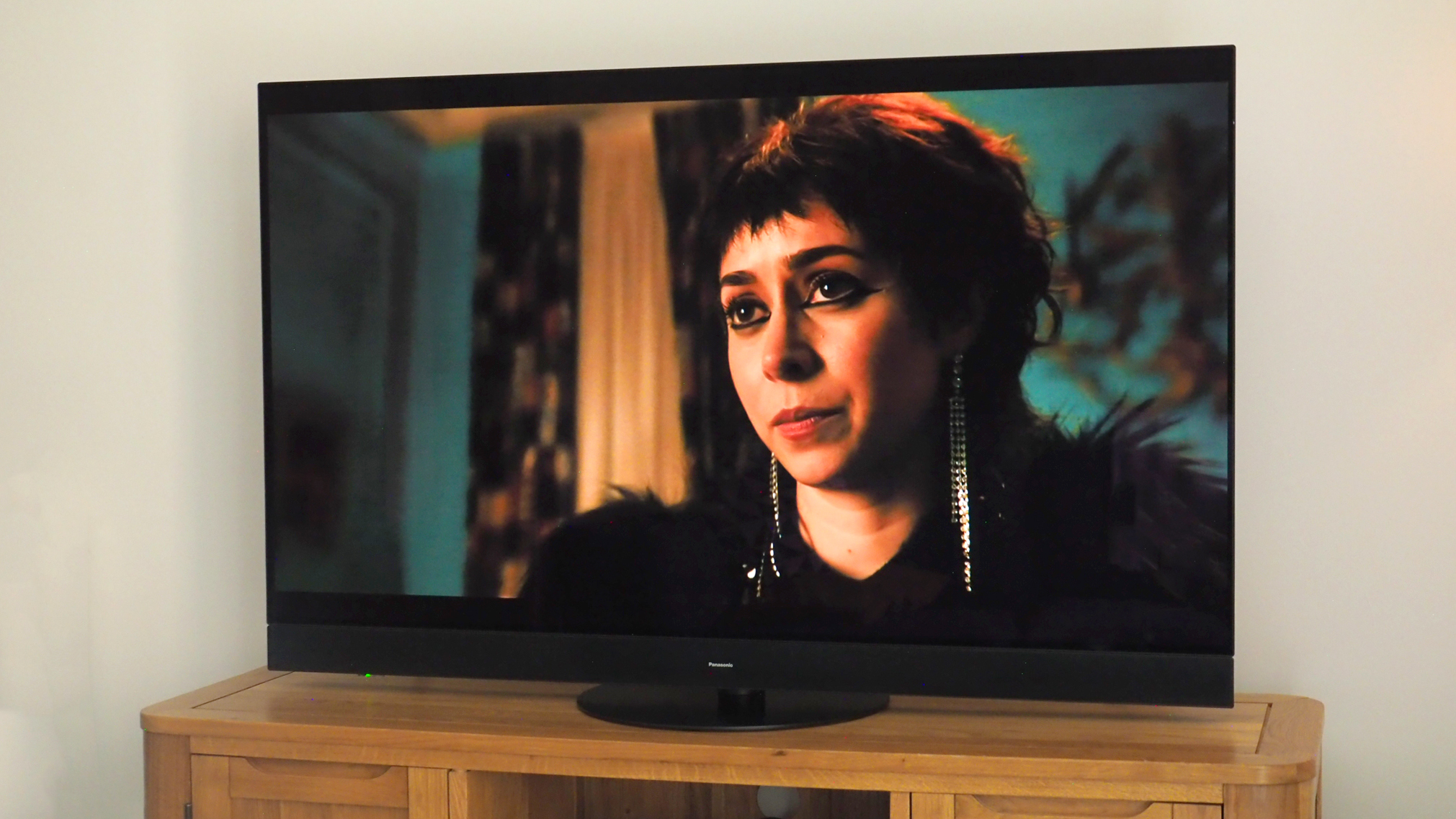

Specifications
Reasons to buy
Reasons to avoid
Of course you're going to want brilliant pictures from your brand new OLED television set, but what about the sound? While audio might not be quite as important as the visuals, it makes a huge difference to the overall viewing experience, and the Technics-tuned speakers here represent one of the best integrated sound systems we've heard.
You can read more over at our Panasonic Z95A review, but the main points you need to know are that this is a set that leaves a very good impression, especially if you're a cinema fanatic who wants the best possible results from streaming films and shows – it's not quite as good as sitting in a movie theatre, but it manages to get pretty close.
Sadly there are only two sizes to choose from with this TV, and the Fire TV OS software on board isn't our favourite. It's also a relatively expensive television, but you're unlikely to be disappointed in your investment, considering the results you can get (and remember you won't have to spend any money on one of the best soundbars).
Best small screen
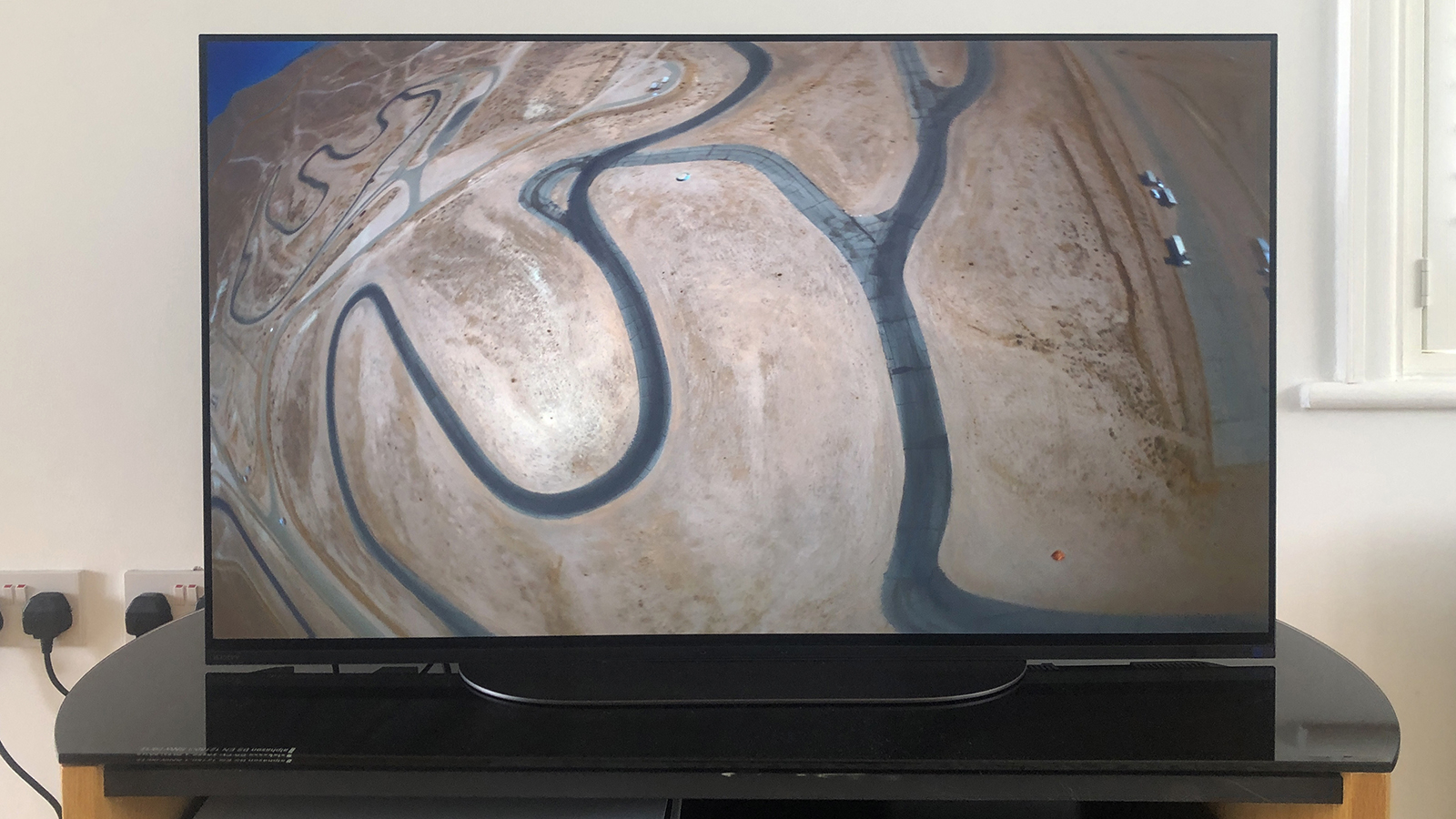

Specifications
Reasons to buy
Reasons to avoid
There's not a lot of choice when it comes to small screen OLEDs, but maybe one great option is all you need – and that's certainly what you get with the Sony A90K, which you can pick up in a 42-inch size. That's half the size of some of the biggest OLED TVs on the market, and means you can cram eye-catching OLED tech in a smaller space.
It's not just the small size that makes the Sony A90K stand out however. It's capable of producing some genuinely stunning pictures, and two out of the four HDMI ports support the HDMI 2.1 standard that'll run 4K pictures at a 120Hz refresh rate. That's going to be of interest to gamers of course, and there's support for VRR and ALLM.
Head over to our Sony A90K review for the full lowdown on this excellent OLED television, which should give you an idea about whether this is the TV upgrade for you. It's certainly unlikely that you're going to be disappointed in the visuals produced here, with everything from motion control to colour balance handled very well.
Honourable Mentions
Samsung S90C: this OLED comes in at a cheaper price point than many of its rivals for one reason and other, but you aren't losing out too much in terms of performance. It delivers very accomplished images from multiple sources, and looks the part too.
Samsung S95D: another high performer from Samsung, which will appeal to a broad range of people thanks to its top notch brightness, contrast, and tone mapping technologies. Samsung knows OLED tech well, and it shows with this television.
Panasonic MZ2000: the Panasonic MZ2000 is something of a sound and vision spectacular, which combines the beauty of OLED with a Dolby Atmos sound system. It's perhaps the best integrated sound system on an OLED TV that we've heard yet.
Philips OLED 937: a slightly older Philips model that still packs a punch in terms of both sound and vision. It comes with Ambilight technology included, for an immersive watching experience, and does well justifying its relatively expensive cost.
Why get an OLED?
Why get an OLED TV?
The Best OLED TVs will blow your mind in terms of their display and brightness. OLED technology means the pixels emit their own light, rather than a backlight from an LED or LCD screen – making the picture much more crisp and far clearer than any other type of TV screen – cool right?
To dive into the inner workings of an OLED TV, you can check out our article 'What is OLED?', and you may also find it useful to read our OLED vs QLED guide to understand the difference between some of the tech.
What we also love about OLED TVs is how thin they are – making them much less chunky and easier to mount on the wall. However, being so thin, this does mean OLED TVs do sometimes compromise on sound. If sound is something you don’t want to compromise on, you should also check out the best soundbars to complete your setup.
Due to their fast pixel response, OLED TVs also make the best best gaming TVs and can support both PlayStation 5 and Xbox Series X – so if you’re a gamer, you’ll want to check these out too.
Get all the latest news, reviews, deals and buying guides on gorgeous tech, home and active products from the T3 experts
Dave has over 20 years' experience in the tech journalism industry, covering hardware and software across mobile, computing, smart home, home entertainment, wearables, gaming and the web – you can find his writing online, in print, and even in the occasional scientific paper, across major tech titles like T3, TechRadar, Gizmodo and Wired. Outside of work, he enjoys long walks in the countryside, skiing down mountains, watching football matches (as long as his team is winning) and keeping up with the latest movies.